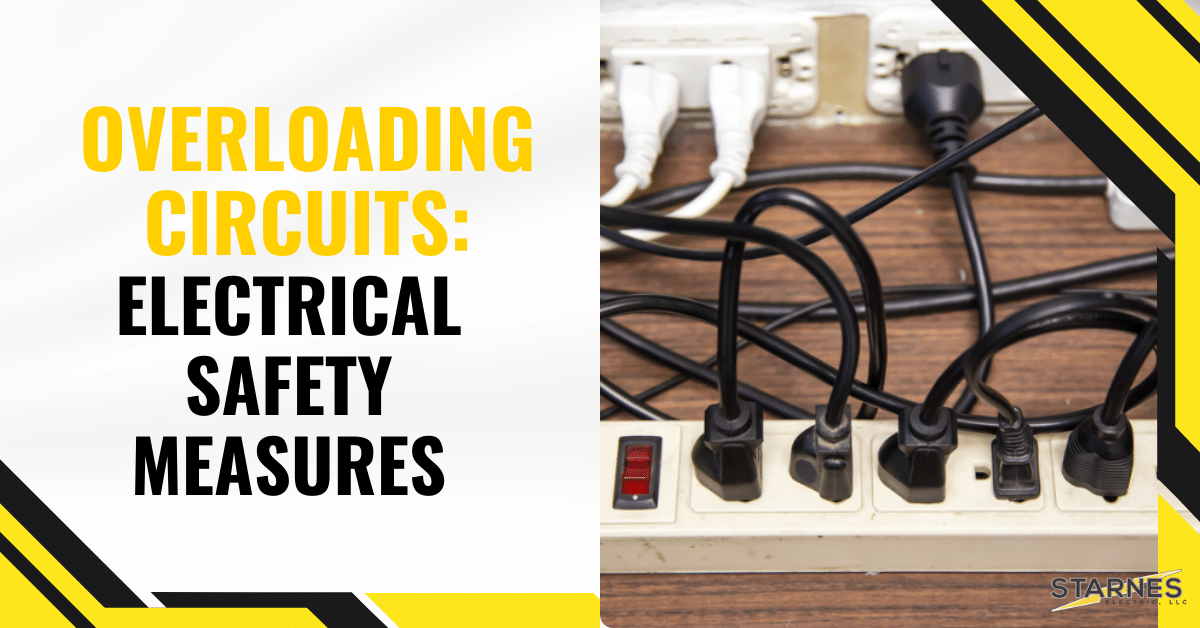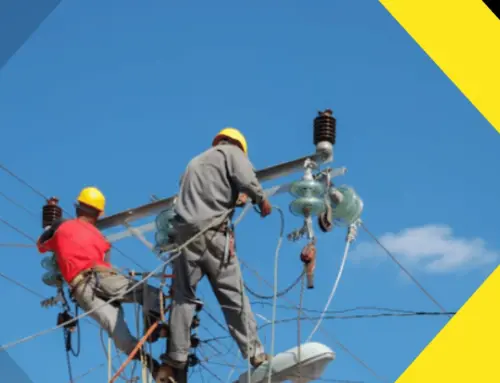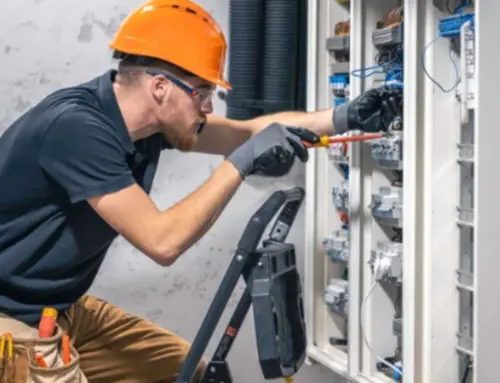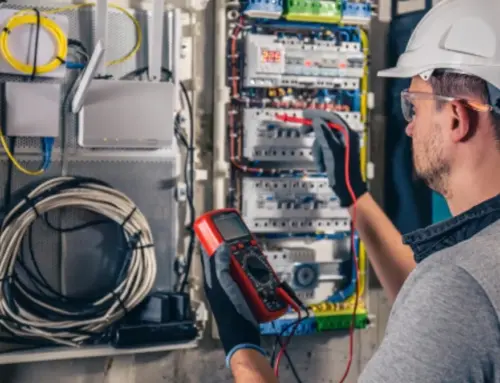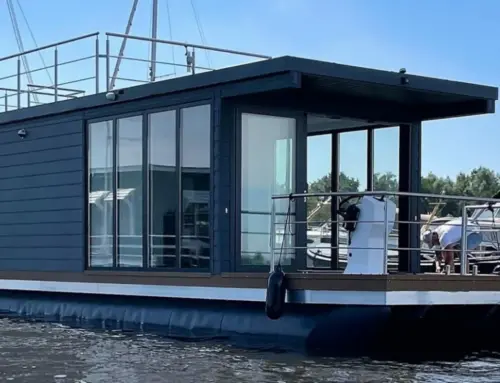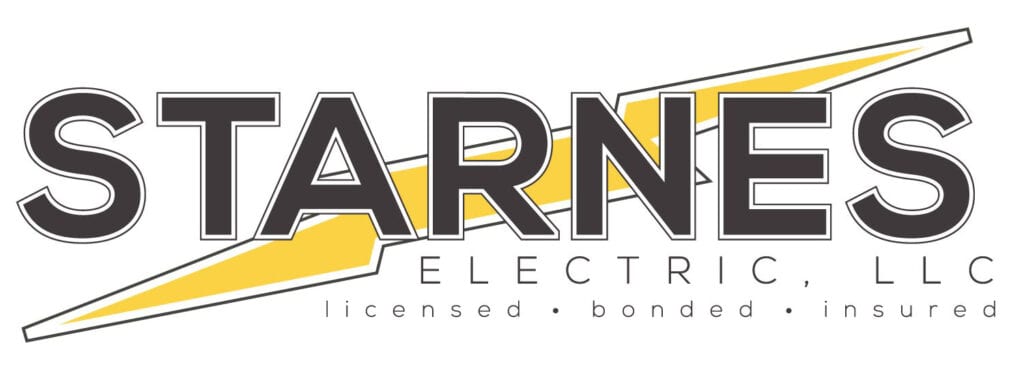Electricity powers our modern world, making our lives more convenient and efficient. However, it’s crucial to understand that electricity can also be hazardous if not handled correctly. One of the most common electrical safety risks is circuit overloading. In this blog, we’ll explore the dangers of overloading circuits, identify warning signs, discuss the potential for electrical fires, pinpoint appliances prone to causing overloads, and provide valuable tips for preventing circuit overloads to enhance electrical safety.
How Do Overloading Circuits Pose A Risk To Electrical Safety, And What Are The Potential Consequences?
Overloading circuits occur when too many electrical devices and appliances are connected to a single circuit, drawing more current than the circuit can safely handle. This poses a significant risk to electrical safety and can have various consequences.
First and foremost, an overloaded circuit can lead to overheating. When too much current flows through the wires, they generate excess heat, which can melt the insulation and cause a fire. Additionally, overheating can lead to electrical components degrading or failing prematurely, increasing the risk of electrical shocks and equipment damage.
Furthermore, overloading circuits can lead to voltage drops. When devices compete for power on an overloaded circuit, the voltage supplied to each device may drop below the necessary level for proper operation. This can result in dimming lights, flickering appliances, and damage to sensitive electronic equipment like computers and televisions.
In severe cases, overloading can trip circuit breakers or blow fuses. While this may seem protective, frequent tripping can wear out the protective devices and increase the risk of electrical hazards. In extreme cases, it can lead to power outages and costly repairs.
What Are The Common Indicators Of Circuit Overloads That Warrant Attention To Ensure Electrical Safety?
Identifying the warning signs of circuit overloads is crucial for maintaining electrical safety. Here are some common indicators to watch for:
- Frequent Circuit Breaker Tripping: If a circuit breaker trips or a fuse blows frequently, it’s a clear sign of overloading. Only reset the breaker after investigating the cause.
- Dimming or Flickering Lights: When you notice lights dimming or flickering, especially when you turn on other appliances, it suggests that the circuit is under strain.
- Warm or Hot Outlets and Switches: If you feel warmth or heat around outlets, switches, or electrical panels, it could indicate excessive current flow and potential danger.
- Burning Smell: An unusual burning smell near electrical outlets or devices is a severe warning sign of overheating due to circuit overloads.
- Inadequate Power Supply: If your appliances don’t operate at their usual performance levels, it might indicate a voltage drop caused by overloading.
Can Overloading Circuits Lead To Electrical Fires, And What Safety Measures Should Be Taken To Prevent Them?
Yes, overloading circuits can indeed lead to electrical fires. When wires overheat, they can ignite nearby materials or insulation, resulting in a potentially devastating fire. To prevent electrical fires caused by circuit overloads, consider the following safety measures:
- Regular Inspections: Schedule regular electrical inspections by a qualified electrician to identify and rectify any overloaded circuits.
- Distribute Loads: Avoid plugging too many appliances into a single circuit. Distribute loads evenly across multiple circuits to reduce the risk of overloading.
- Upgrade Wiring: If your home or building has outdated wiring, consider upgrading to meet the electrical demands of modern appliances.
- Use Surge Protectors: Install surge protectors to safeguard sensitive electronic equipment from voltage fluctuations caused by circuit overloads.
- Replace Old Outlets: Old, worn-out outlets can increase the risk of overheating. Replace them as needed to ensure safe electrical connections.
Are There Specific Appliances Or Devices That Are More Likely To Cause Circuit Overloads In Homes Or Buildings?
Due to high power consumption, certain appliances and devices are more likely to cause circuit overload. Some common culprits include:
- Space Heaters: These devices draw significant power and should be used sparingly to prevent overloads.
- Air Conditioners: Central air conditioning units and window ACs can load circuits heavily, especially in older homes.
- Kitchen Appliances: Appliances like microwave ovens, toasters, and coffee makers can overload kitchen circuits if used simultaneously.
- Power Tools: Heavy-duty power tools, such as table saws and welders, demand substantial power and can overload circuits if not connected properly.
What Steps Can Homeowners And Businesses Take To Prevent Circuit Overloads And Enhance Electrical Safety?
To enhance electrical safety and prevent circuit overloads, homeowners and businesses can take several proactive measures:
- Invest in Additional Circuits: Consider adding more circuits to distribute the electrical load more effectively.
- Label Circuit Breakers: Ensure circuit breakers are properly labeled, making identifying and addressing overloads easier.
- Educate Occupants: Teach family members or employees about the importance of electrical safety and how to recognize and report potential hazards.
- Unplug Unused Devices: Encourage the habit of unplugging devices when not in use to reduce phantom loads and prevent overloading.
- Consult Professionals: When in doubt, consult a licensed electrician to assess your electrical system and recommend necessary upgrades or repairs.
Overloading circuits is a serious electrical safety concern that can lead to various consequences, including fires and equipment damage. By understanding the risks, recognizing warning signs, and implementing safety measures, homeowners and businesses can protect themselves and their properties from the dangers of circuit overloads. Electrical safety should always be a top priority in any building, and proactive measures can go a long way in preventing accidents and ensuring a safe electrical environment.
Why Starnes Electric LLC Is Your Best Choice
When addressing your electrical safety concerns and preventing circuit overloads, you need a trusted partner who can provide reliable and professional services. At Starnes Electric LLC, we are your best choice for all your electrical needs. Here’s why you should choose us as your go-to electrical service provider.
Experienced Professionals Who Prioritize Safety
Our team at Starnes Electric LLC consists of highly skilled and experienced professionals dedicated to ensuring your electrical safety. We understand the intricacies of electrical systems and know how to identify potential hazards and prevent circuit overloads effectively.
Comprehensive Electrical Services
Whether you need a routine inspection, circuit upgrades, or emergency repairs, we offer a wide range of electrical services to meet your specific needs. Our expertise covers residential and commercial properties, ensuring that we can assist you, no matter the scale of your project.
Competitive Pricing for Quality Service
We understand that budget constraints can be a concern regarding electrical services. That’s why we offer competitive pricing for our high-quality service. The cost of addressing circuit overloads and enhancing electrical safety can vary depending on the project’s scope but typically falls within the range of $150 to $500 for inspections and basic repairs. For more extensive work, such as rewiring or panel upgrades, prices may range from $1,000 to $3,000, depending on the complexity.
Transparent and Honest Approach
At Starnes Electric LLC, we believe in transparent and honest communication with our clients. We provide detailed estimates and explain all costs upfront so you know exactly what to expect. Our commitment to transparency ensures no surprises when it comes to pricing.
Frequently Asked Questions
- How much does an electrical safety inspection cost?
The cost of an electrical safety inspection typically ranges from $150 to $500. The exact price may vary depending on your property’s size, the electrical system’s complexity, and the location.
- What is the price range for basic circuit overload repairs?
Basic circuit overload repairs can cost between $150 and $500, depending on the extent of the issue and the required repairs. Sometimes, the cost may be lower if the problem is straightforward.
- Is it more expensive to upgrade an electrical panel to prevent circuit overloads?
Upgrading an electrical panel to prevent circuit overloads may cost between $1,000 and $3,000, depending on various factors, including the panel size, the installation’s complexity, and the materials used. This investment is crucial for ensuring the safety and functionality of your electrical system.
- How can I request a quote for electrical services from Starnes Electric LLC?
Requesting a quote from Starnes Electric LLC is easy. Visit our website or give us a call to schedule a consultation. We’ll assess your needs and provide a detailed estimate tailored to your requirements.
Choose Starnes Electric LLC for Your Electrical Safety Needs
When it comes to electrical safety and preventing circuit overloads, there’s no better choice than Starnes Electric LLC. With our experienced professionals, comprehensive services, competitive pricing, and commitment to transparency, we are dedicated to ensuring your peace of mind and the safety of your property.
Stay calm regarding electrical safety. Contact us today to schedule an inspection or discuss your electrical needs. Let Starnes Electric LLC be your trusted partner in maintaining a safe and reliable electrical system for your home or business. Your safety is our top priority!

